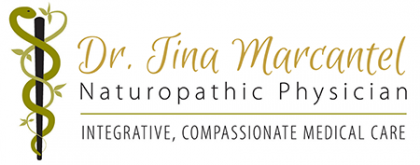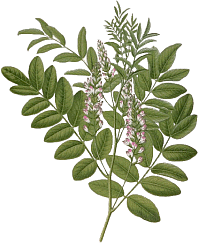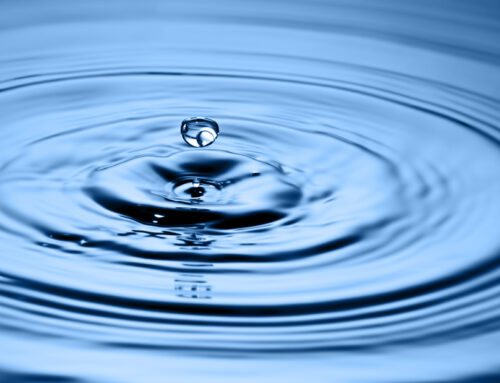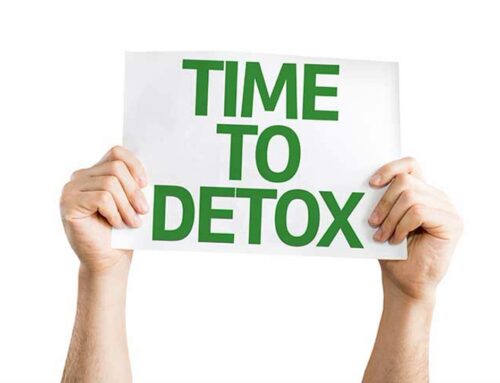by Dr. Tina Marcantel
Herbal tea can be a useful home remedy for many common health issues. Dr. Tina Marcantel is a naturopathic physician in Gilbert, Arizona. She also serves the East Valley cities of Mesa, Chandler, Tempe, Scottsdale, Apache Junction, and Queen Creek, and the greater Phoenix area.
Herbal teas have been used for their medicinal effects for thousands of years. Although our ancestors may not have used the same language we use today to explain the healing powers of tea, they certainly recognized its benefits. For those seeking natural help for many common health issues, herbal teas are regaining popularity today—and there’s something so soothing about taking your “medicine” as a nice, warm brew!
While most herbal teas are available in tea bags in grocery stores, brews made from fresh herbs are much more potent and will have more of a healing effect. If you are going to be using fresh herbs, a quick vocabulary lesson will be useful here:
decoction—A preparation made by simmering herb parts such as the stem, bark, and roots. Cover, strain, and drink.
infusion—Made by pouring boiling water over plant matter (especially the leaves) and then steeping covered for 10-20 minutes
Here are a few of the dozens of herbal teas you might choose from, along with a brief explanation of how and why they can be useful. As with any herb or medication, it’s also important to be aware of possible side effects or contraindications, so I’ve provided those, as well.
Dandelion (taraxacum officinalis)
Part used: whole plant, leaves, flowers, roots—leaves are bitter but root is sweet.
Decoction: use the root in proportions of 1 heaping tsp/cup of water
Infusion: leaf 1 heaping tbs/cup of water (4-10 dried leaves)
Medicinal uses:
1. diuretic—Diuretic action is due to prevention of sodium absorption. Increases excretion of urine or amount of urine excreted. Indicated for people with fluid retention.
2. antihypertensive—Treatment for high blood pressure—lowers fluid in vessels, therefore lowers blood pressure.
3. anti-inflammatory effects –Treats arthritis, gout.
4. cholagogue—Choleretic effects which means it stimulates bile flow and the production of bile. Bile stimulates elimination causing a laxative effect. I will use this herb to aid in the detoxification process.
contraindications – Pregnant or lactating women should not use this product. Also, those with acute gallbladder or gastrointestinal inflammation or intestinal obstruction.
possible side effects—Possible adverse reactions: latex in dandelions can cause contact dermatitis.
Licorice root (glycyrrhiza glabra)
Decoction: 1 tsp/1 cup water
Medicinal uses:
1. demulcent—It reduces inflammation by enhancing movement of leukocytes towards infected or inflamed areas. Reduces and soothes irritation of mucous membranes. Soothes mucous membranes of the throat, lungs, stomach, intestines. It is used for coughs, throat, and bronchial irritations, gastric and duodenal ulcers.
2. antibacterial/antiviral properties—Stimulates interferon which blocks DNA replication in viruses. A good choice in the treatment of immune-compromised patients.
3. adrenal modulator—Treats adrenal fatigue, exhaustion due to adrenal stress.
Mechanism of action: licorice may lower the excretion of corticosteroids and extend cortisol effects in the body.
4. estrogenic—The isoflavone in licorice has a weak estrogenic activity that competes with our own body’s estradiol, acting as protection against cancers that are estrogen receptor positive.
5. expectorant—Secretolytic (breaks up secretions) and secretomotor (increases motility of secretions in order to move them out) activity. For instance, it can help with congestion in the lungs and bronchials.
contraindications—Avoid this herb if you have hypertension (high blood pressure), liver problems, renal disease, or congestive heart failure.
possible side effects—Possible adverse reactions could be hypertension, fluid retention, headaches, nausea and vomiting.
Peppermint (mentha piperita)
Part used: leaf
Infusion: 1 Tbs/1-2 cup boiling water—steep 15 min
Mechanism of action: the menthol in the peppermint is a calcium antagonist agent
Medicinal uses:
1. antispasmodic—Used for colic, Irritable Bowel Syndrome, flatulence (gas), nausea, vomiting, diarrhea, abdominal pain, indigestion.
2. mild disinfectant—Used topically to relieve sunburn, itchy skin, stings, and insect bites.
3. cholagogue effect—stimulates bile flow, which has a laxative effect
contraindications—Pregnant or lactating women shouldn’t use peppermint tea, or those with acute gallbladder problems. Also, those wih hiatel hernia should avoid this due to the relaxing effect on the lower esophageal sphincter.
possible side effects—Flushing, rash, headache.
This article is only a brief introduction to the wide world of herbal teas. Whether you grow your own ingredients or find them at a local store, this can be a fun and useful addition to your overall health regimen.






